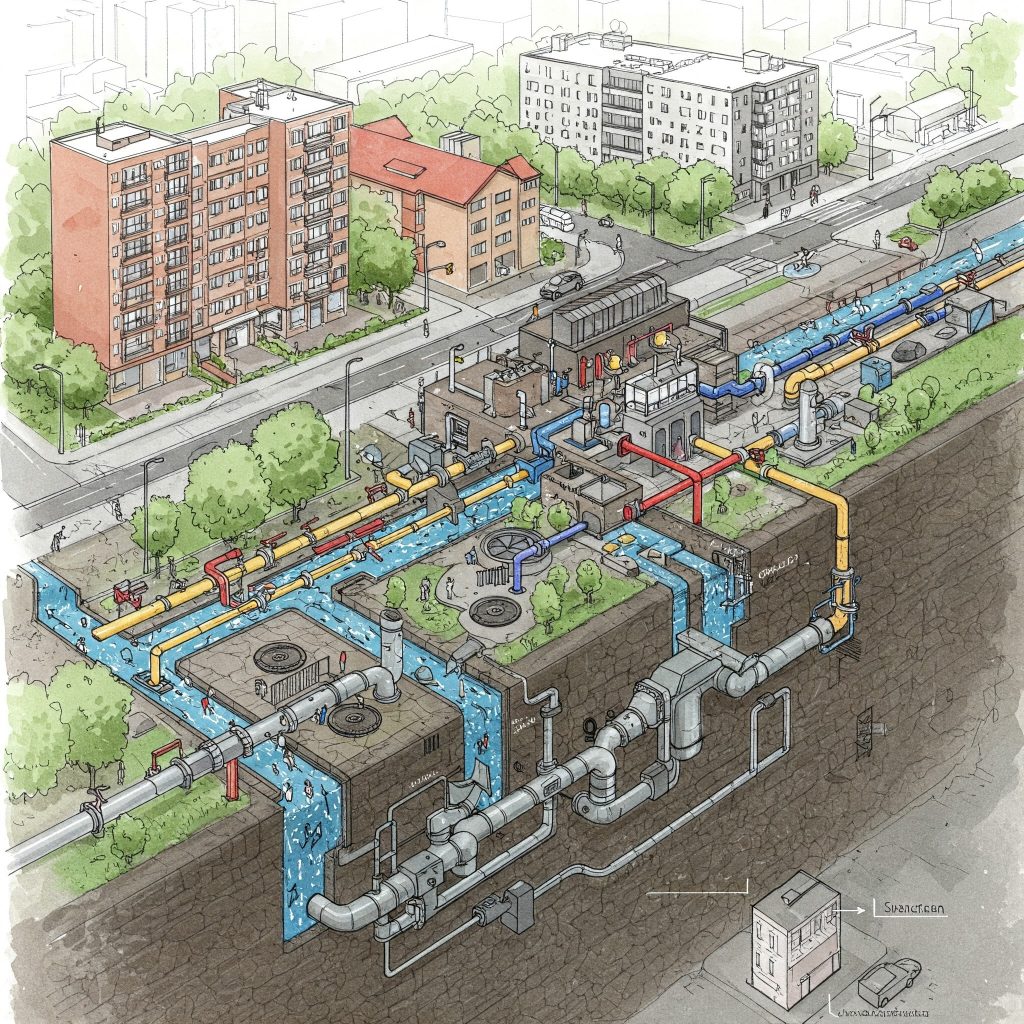
The #1 Septic Tank Treatment On The Market
“The released oxygen reacts immediately with the waste substances that are inside your septic tank and reduces, then slowly eliminates the smell – in just 3 to 5 days.”
In some parts of the country, regulators are transitioning from individual septic systems to centralized sewer systems. This shift is driven by the need for more efficient wastewater management and the growing recognition of septic systems’ limitations in densely populated or environmentally sensitive areas.
For homeowners, this transition can bring both benefits and challenges. On the one hand, connecting to a centralized sewer system eliminates the need for septic tank maintenance and reduces the risk of system failures. It also ensures that wastewater is treated at a facility equipped to handle large volumes and remove contaminants more effectively than individual septic systems.
On the other hand, the cost of connecting to a sewer line can be significant, and homeowners may be required to abandon their existing septic systems. In some cases, this involves decommissioning the old system, which can be an added expense. Additionally, homeowners may face higher monthly fees for sewer service compared to the occasional cost of septic system maintenance.
To ease the financial burden, many governments are offering grants and low-interest loans to help homeowners cover the costs. If your community is considering a switch to centralized sewer systems, it’s important to stay informed and weigh the pros and cons carefully. Attend public meetings, ask questions, and explore your options to make the best decision for your home and budget.
The #1 Septic Tank Treatment On The Market
“The released oxygen reacts immediately with the waste substances that are inside your septic tank and reduces, then slowly eliminates the smell – in just 3 to 5 days.”

